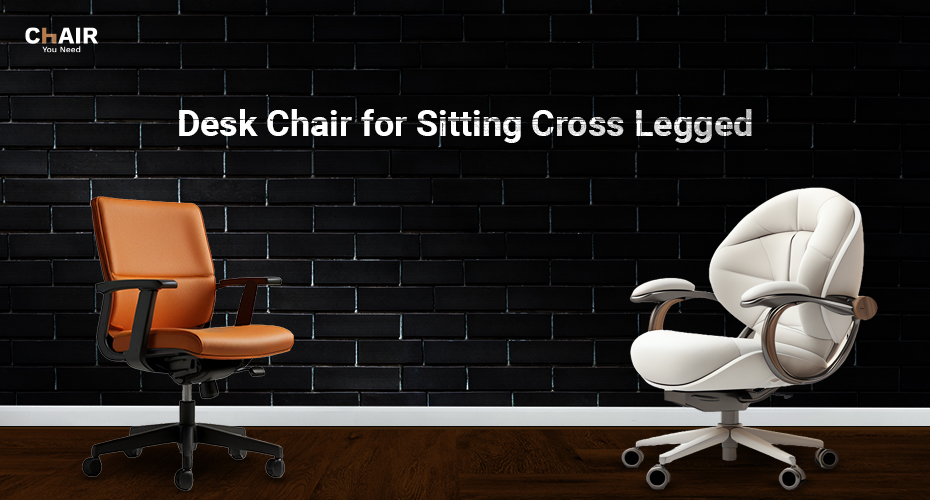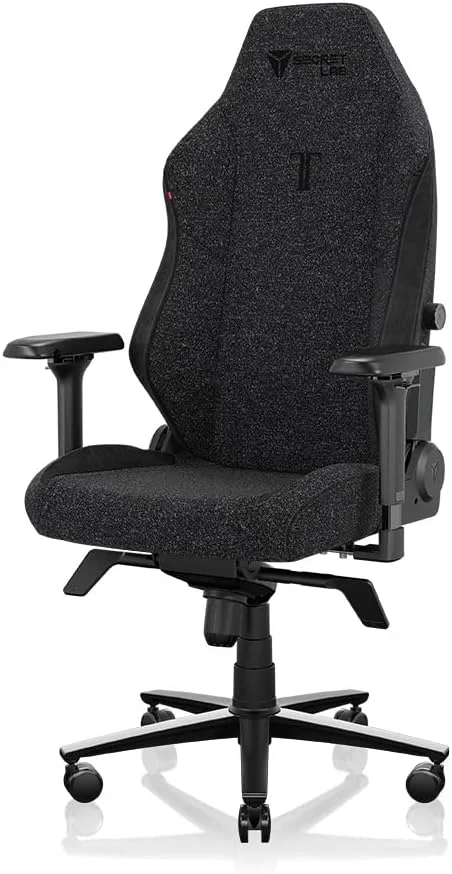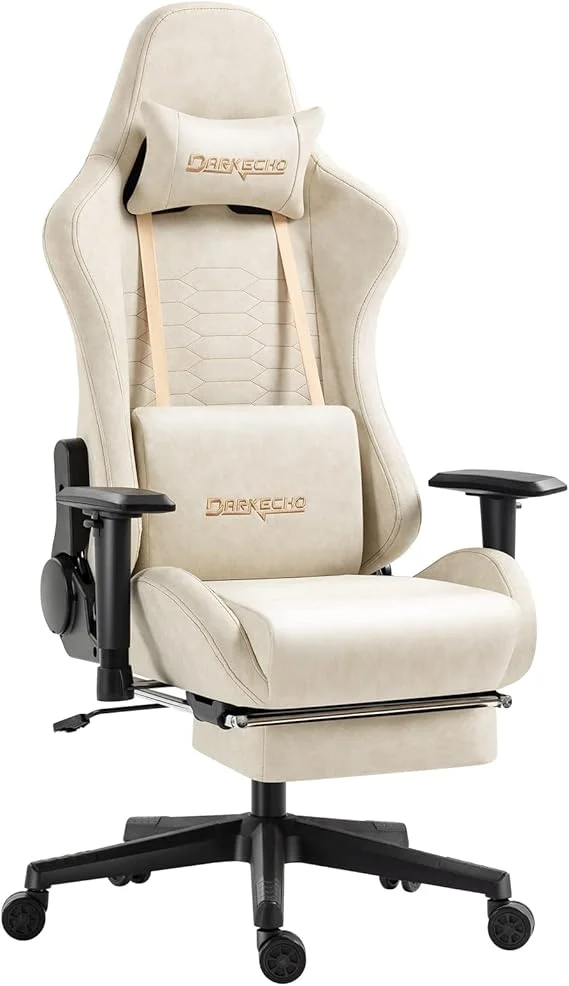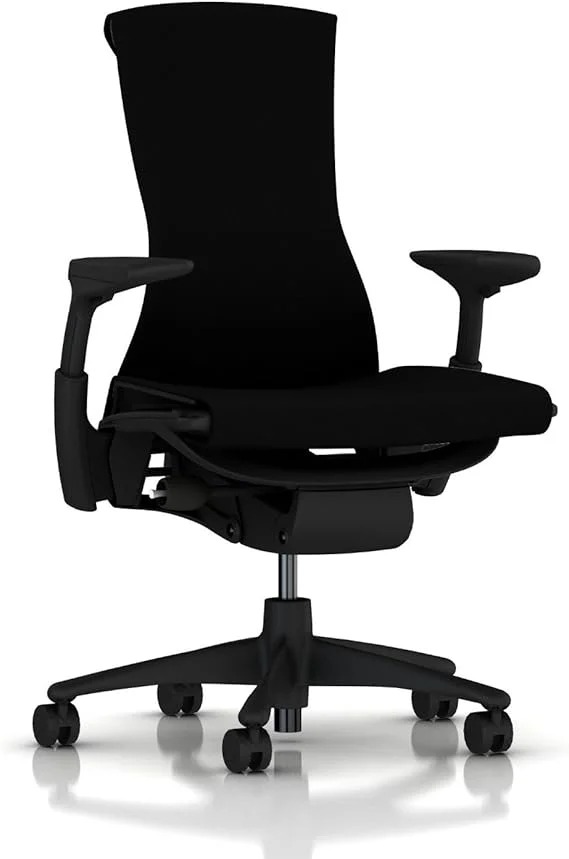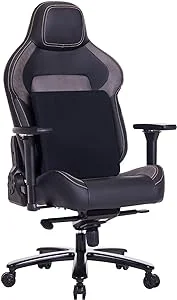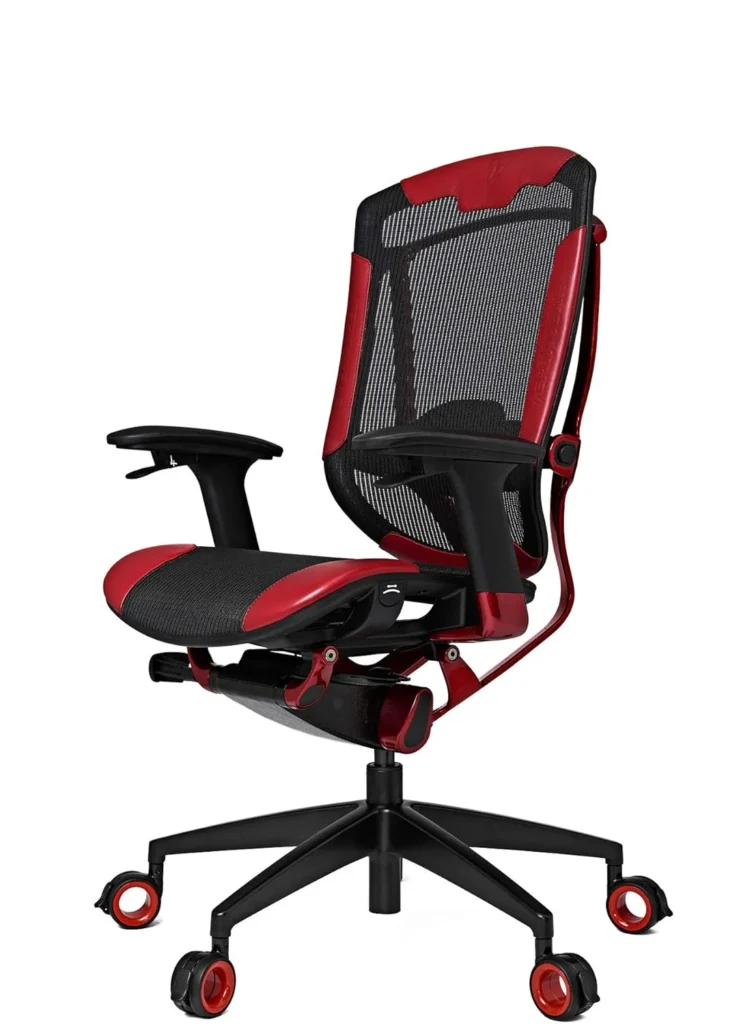So you are sitting in the same uncomfortable, straight-backed chair you have been using for years on another long day at work. Your legs must ache from having to remain in the position with your feet flat on the floor.
The traditional desk chair may seem like the ultimate solution for many office workers. But at the expense of comfort and flexibility. This discomfort isn’t just a minor thing when you have to sit 9 to 6; it’s a daily grind against the rigid SOPs of office seating.
Cost could be the strain on your lower back as the traditional chair curves into an unnatural position. Also, consider the stiffness in your legs as you try to maintain ‘proper’ office decorum. It is a threat and a red alert for your overall well-being.
But the days of discomfort are about to end. As we are going to introduce you to the world of the cross-legged desk chair. It is like the ray of hope and happiness of sitting on an ergonomic chair. These cross-legged chairs are designed to support a more natural, relaxed sitting position that provides your body with the freedom, comfort, and postural support it requires.
Why Traditional Office Chairs Fall Short
The traditional office chair is like a common and easy fixture in cubicles of offices around the world. It’s been there for us through thick and thin, but at a price of stiff backs and sore bottoms. Our trusty old office chairs, however, appear to have missed the essence as we’ve evolved (thankfully) from heavy computers to sleek laptops.
So, why do these ancient thrones of productivity now appear to be a pain after a long working day?

One-Posture Limitation
To begin with, traditional office chairs are frequently like those old-school teachers who insist on only one way to do things. They typically provide a one-size-fits-all sitting solution: upright, feet flat, back straight. But here’s the catch: humans don’t come in one size fits all.
We come in all shapes and sizes, and our seating requirements are equally diverse. These chairs can leave us feeling like we’re trying to fit a round hole because they lack adjustable features to accommodate different body types.
The Story of Slouching
Then there’s the problem of slouching, which is the enemy of good posture. Traditional chairs, with their rigid backs and limited adjustability, frequently encourage us to slump like melting snowmen over our desks. This not only wrecks our posture, but it can also result in a delicious concoction of neck and back pain – a not-so-pleasant reminder of our daily grind.
Convenience Challenge
Another shortcoming of traditional office chairs is their lack of comfort. Many are designed with the aesthetic or durability of the product in mind, rather than the comfort of the person who will be sitting in them for hours on end. It’s like sitting on a park bench and expecting to feel as if you’re floating on a cloud which is obviously not realistic.
The Flexibility Crisis
Finally, let’s discuss flexibility -which these traditional chairs lack. The modern worker isn’t confined to a desk. We’re bending, stretching, twisting, and occasionally contorting. Traditional chairs, with their limited range of motion and lack of support for various postures, just can’t keep up with our dynamic workspaces and days.
Is there an office chair you can sit cross-legged in?
The introduction of cross-legged chairs is like a breath of fresh air in a room that has been stuffy since the 1990s. These chairs feature wider seats and flexible frames, allowing you to fold your legs in comfortably without feeling crammed into a box. Your chair appears to be saying, “I see you and your need to not feel like uncomfort and I support you.”
Ergonomic furniture, with its sleek designs and like “body-hugging” features, started gaining popularity as people began to understand that comfort and productivity go hand in hand, like peanut butter and jelly. This wasn’t just about adding a few cushions; it was a full-blown comfort crusade, bringing in chairs that could swivel, tilt, and even hug our spines in just the right way.
But why limit yourself to just reclining and swiveling? Why not sit as naturally as you would on your living room floor? That’s where the concept of sitting cross-legged comes into play. It’s a centuries-old posture associated with meditation and relaxation – and, let’s be honest, who wouldn’t want to feel a little more zen during their 9-to-5?
In essence, the ergonomic revolution is a rethinking of how we interact with our workspace, not just a trend. It’s all about bringing your favorite yoga pose into the office. And, let’s be honest, anything that makes Monday mornings a little less stressful is a win in everybody’s book!
1. Secretlab Titan Evo 2022 Black3 Chair
2. Darkecho Office Chair Leather Ergonomic with Lumbar Support
3. Herman Miller Embody Ergonomic Office Chair
4. VON RACER with Gel Cold Cure Foam Lumbar Office Chair
5. Vertagear Gaming Series Triigger Line 350 Ergonomic Office Chair Red Edition(Headrest included)
What to consider
When considering a chair for sitting cross-legged, particularly if you’re eyeing something like the Vertagear Gaming Series Triigger Line 350, there are several factors to keep in mind. These considerations will help ensure you choose a chair that not only allows you to sit comfortably in your preferred position but also supports your overall health and well-being while at your desk.
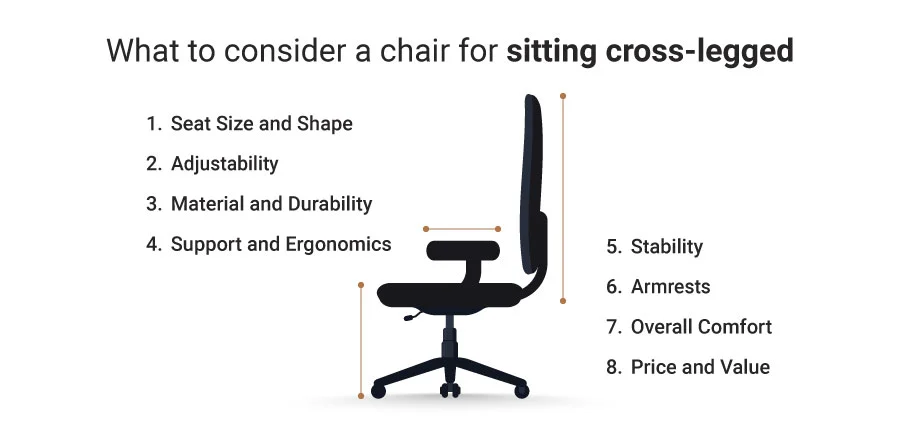
1. Seat Size and Shape
You need enough space to comfortably cross your legs. The seat should be wide and deep enough to accommodate this position without feeling cramped.
2. Adjustability
The chair should allow you to adjust the height and depth to suit your body size and desk height. This is crucial for maintaining good posture while sitting cross-legged.
3. Material and Durability
Chairs with breathable fabrics like mesh are preferable as they provide comfort for longer sitting periods. Durability is also key to ensure the chair holds up over time.
4. Support and Ergonomics
Good lower back support is essential. This helps in maintaining a healthy spine alignment, especially important when sitting in non-traditional positions. The chair should support a variety of sitting positions without compromising on ergonomic principles.
5. Stability
A sturdy base is crucial, especially when shifting into and out of a cross-legged position. This ensures the chair remains stable and safe to use.
6. Armrests
Armrests can sometimes obstruct the ability to sit cross-legged. Look for chairs with adjustable or removable armrests for greater flexibility.
7. Overall Comfort
Ultimately, the chair should feel comfortable for you. It should suit your body type and sitting preferences.
8. Price and Value
Higher price doesn’t always mean better suitability. Consider if the features justify the price and if they meet your specific needs for sitting cross-legged.
